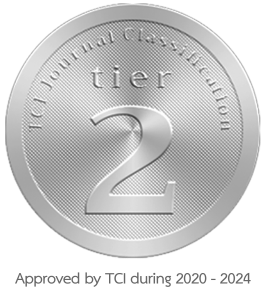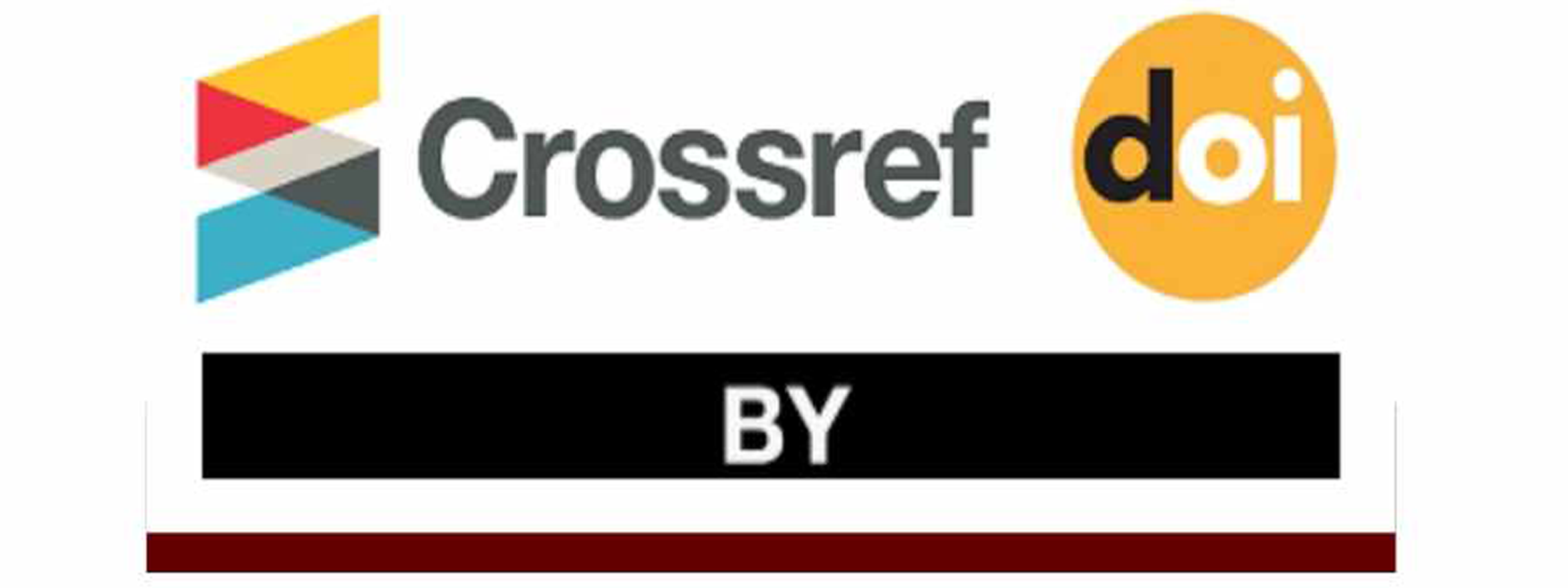Investigating action verbs in writing applied linguistics research methodology
DOI:
https://doi.org/10.62819/jel.2025.1199Keywords:
action verb, Aktionsart theory, applied linguistics research methodology, Bloom’s revised taxonomy, SCOPUS Q1 journalsAbstract
This study investigates how researchers used the verb to communicate with the readers in applied linguistics research methodology. The semantic theory in this study followed Aktionsart theory, which classifies verbs into four types, including action (run), accomplishment (run a mile), achievement (win a game), and stative (like). The sampling in this study was purposive sampling. The data collection was Q1 SCOPUS applied linguistics research articles from System and Journal of English for Specific Purposes. The dataset was made up of 302 independent clauses from the methodology sections. The data analysis followed descriptive statistical analysis. The results in the study showed that the action verbs in Q1 SCOPUS applied linguistics research methodology were reported at 98.35 percent. The verb found in this section has the semantic denotations of developing, evaluating, and creating. The results in this study complied with the definition of a research study in that research is an ongoing process and repeatability. For future research, it is recommended that other types of verbs in Aktionsart Theory could be studied to contribute other aspects of how the verbs in research studies are used.
References
Aizawa, I. (2024). Tracking the first-year experience in English medium instruction: A pre-post study of transitional challenges. English for Specific Purposes, 73, 20–32. https://doi.org/10.1016/j.esp.2023.09.002
Anderson, L. W., & Krathwohl, D. R. (Eds.). (2001). A taxonomy for learning, teaching, and assessing: A revision of Bloom’s taxonomy of educational objectives. Longman.
Casal, J. E., & Yoon, J. (2023). Frame-based formulaic features in L2 writing pedagogy: Variants, functions, and student writer perceptions in academic writing. English for Specific Purposes, 71, 102–114. https://doi.org/10.1016/j.esp.2023.03.004
Deng, Y., Lei, J., Jin, T., & Chen, J. (2024). Developing genre awareness in collaborative academic reading: A case study of novice academic learners. English for Specific Purposes, 74, 9–22. https://doi.org/10.1016/j.esp.2023.11.001
Fábregas, A., & Marín, R. (2012). The role of Aktionsart in deverbal nouns: State nominalizations across languages. Journal of Linguistics, 48(1), 35–70. https://doi.org/10.1017/S0022226711000351
Fallon, F. (2016). Writing up quantitative research in the social and behavioral sciences. Springer.
Friedrich, A., & Palmer, A. (2014). Automatic prediction of aspectual class of verbs in context. In Proceedings of the 52nd Annual Meeting of the Association for Computational Linguistics (Volume 2: Short Papers) (pp. 517–523). Association for Computational Linguistics. https://doi.org/10.3115/v1/P14-2085
Granath, S., & Wherrity, M. (2014). I’m loving you—and knowing it too: Aspect and so-called stative verbs. Rhesis. Linguistics and Philology, 4(1), 2–22.
Kearns, K. (2011). Semantics. Bloomsbury Publishing. https://doi.org/10.1007/978-0-230-35609-2
Kober, T., Alikhani, M., Stone, M., & Steedman, M. (2020). Aspectuality across genre: A distributional semantics approach. In Proceedings of the 28th International Conference on Computational Linguistics (pp. 4546–4562). International Committee on Computational Linguistics. https://doi.org/10.18653/v1/2020.coling-main.401
Kreidler, C. W. (2014). Introducing English semantics. Routledge.
Martínez-Vázquez, M. (2018). I’m loving it! A corpus-based study of the progress of love. Journal of English Linguistics, 46(2), 140-166. https://doi.org/10.1177/0075424218765609
Stapa, S. H., Maasum, T. N. R. T. M., & Aziz, M. S. A. (2014). Identifying problems in writing thesis introductions in research methodology class. Procedia—Social and Behavioral Sciences, 112, 497–502. https://doi.org/10.1016/j.sbspro.2014.01.1194
Thomas, C. G. (2021). Research methodology and scientific writing. Springer International Publishing. https://doi.org/10.1007/978-3-030-64865-7
Vendler, Z. (1957). Verbs and times. The Philosophical Review, 66(2), 143–160. https://doi.org/10.2307/2182371
Vendler, Z. (1967). Linguistics in philosophy. Cornell University Press. https://doi.org/10.7591/9781501743726
Wang, W., & Csomay, E. (2024). Constructing proximity in popularization discourse: Evidence from lexical bundles in TED talks. English for Specific Purposes, 73, 95–109. https://doi.org/10.1016/j.esp.2023.10.003
Wongkittiporn, A. (2023). Pragmatic perspectives of the raised DP in raising and passive constructions in applied linguistics articles. Liberal Arts Review, 18(1), 40–64. https://doi.org/10.14456/lar.2023.3



















